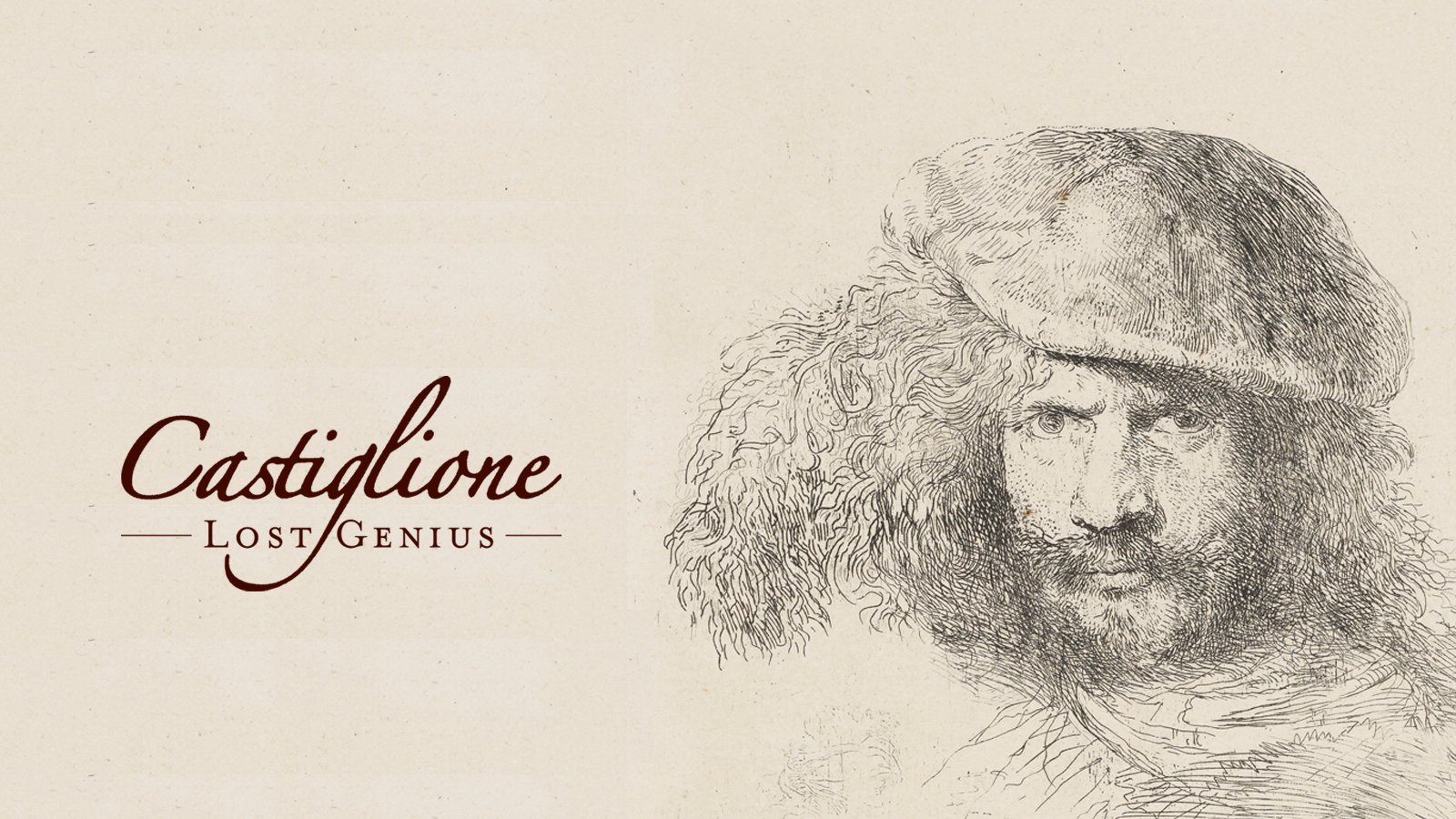
Monotype
A monotype is a one-of-a-kind print and exists as a singular image that cannot be identically repeated.
The process is simple: the artist freely paints, draws, wipes or scrapes an inky or oily design directly onto a flat surface and then transfers the image onto paper by hand or with a press.
This hybrid of painting, drawing and printmaking was invented by Castiglione in the 1640s.
Though he was already an accomplished etcher, monotype allowed him to work with the spontaneity that he achieved in his oil drawings on paper.
His favoured method of working from black to white is now known as the subtractive technique and involves:
Rolling a uniform layer of ink onto a metal, glass or acrylic sheet.
Removing lines or broader areas of ink with a stick, the end of a paintbrush, rags, fingers, brushes or other tools.
Placing paper on top of the image and printing using a press, or by hand by rubbing with a spoon or any other means that will exert enough pressure to transfer the image.
With this method, a draughtsman could rapidly evoke dramatic night-time scenes with bold contrasts of light and dark in a manner impossible with more traditional printmaking techniques. Castiglione also experimented with painting the image directly onto a clean plate; this is known as the additive method. This technique is still widely used by printmakers today, as we can see in Phillip King’s print Stack Watch.







